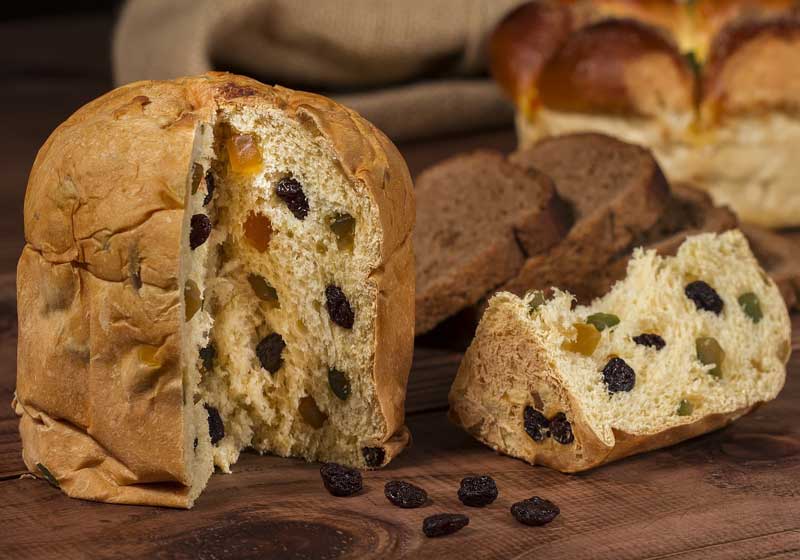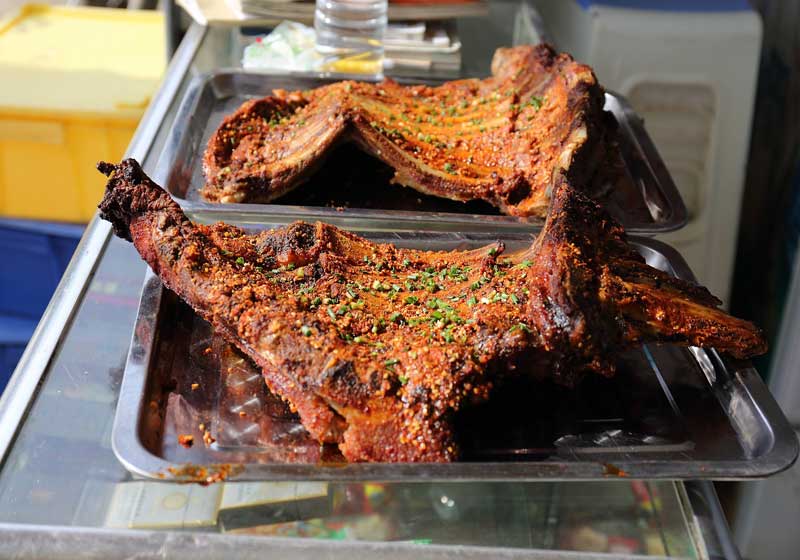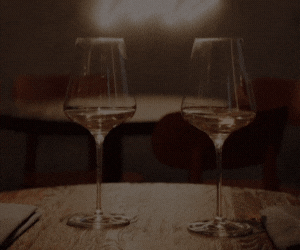By Marie-Antoinette Issa.
T’was the night before Christmas, and all through the house…Christmas Eve celebrations are kicking off around the world! While the official calendar date marking Santa’s arrival is December 25, for many cultures, the evening before the big day is when the feasting, festivities and fun truly kick off.
Whether it’s the Noche Buena in the Philippines, the Feast of the Seven Fishes in Italy or the midnight masses in Spain and Mexico, in these nations, Christmas Eve is certainly not a silent night!
The Philippines: Mida de Gallo at Midnight
In the Philippines, Christmas Eve holds special significance, with the evening kicking off a series of family-oriented traditions. The highlight of the night is the Noche Buena feast, a late-night dinner that typically takes place after attending the traditional ‘Misa de Gallo’ or Christmas Eve mass. Families gather around the table around 11.30 pm, eagerly anticipating a spread of Filipino favourites that reflect the country’s rich culinary diversity.

The Noche Buena menu can vary by region, but staples include a delicious array of ham, bread, rice and noodles. One dish that stands out is lechon - a whole roasted pig - typically the star of the feast, which is succulent and crispy. Another beloved item is bibingka, a rice cake topped with salted eggs and cheese. These dishes, often enjoyed with loved ones, create an atmosphere of warmth and togetherness, a true testament to Filipino hospitality.
Italy: La Vigilia and the Feast of the Seven Fishes
Christmas Eve in Italy is marked by a deep-rooted culinary tradition known as La Vigilia (The Vigil). On this night, many Catholic Italians, especially in the southern regions of the country, enjoy a seafood feast that is nothing short of spectacular. The Feast of the Seven Fishes - the number seven is symbolic, representing the seven sacraments of the Catholic Church - includes a variety of seafood dishes that can range from shellfish to fish served in various forms.

What makes this feast truly special is its emphasis on simplicity and quality. Seafood, often paired with fresh vegetables and olive oil, takes centre stage. The night is spent around the table, sharing course after course with loved ones, waiting for midnight when Christmas mass is celebrated. Afterwards, families enjoy sweets like panettone (an Italian Christmas cake) and struffoli (fried dough balls coated in honey).
Spain: Noche Buena and the Christmas Feast
Spaniards also celebrate on Christmas Eve with a festive meal known as Noche Buena, or ‘Good Night’, and it is one of the most anticipated moments of the entire Christmas season. While the dishes vary from region to region, the essence of Noche Buena is the same - family, faith and delicious food.

A typical Spanish Christmas Eve dinner often includes dishes such as roasted lamb, turkey, or seafood, accompanied by rich Spanish wines. A popular choice is cordero asado (roast lamb), which is slow-cooked and served with a variety of sides, including turrón (a type of nougat), mariscos (shellfish) and panettone. The meal is followed by a late-night gathering for dessert, where families indulge in treats like polvorones (almond shortbread cookies) and mantecados (crisp cookies). At midnight, many Spanish families attend a Misa del Gallo (midnight mass) before heading home for a festive finish.
Mexico: Las Posadas and Midnight Feast
The Mexican celebrations of the holiday season kick-off on Christmas Eve - which is celebrated with vibrant traditions. Most notably this includes Las Posadas, which reenacts Mary and Joseph's search for shelter in Bethlehem. After a night of singing carols and participating in this beloved tradition, families gather for a hearty Noche Buena feast. Common dishes include tamales, bacalao (salted cod) and romeritos (a herbal vegetable dish), all washed down with traditional drinks like ponche (a warm fruit punch) and tequila.

The celebration continues well into the night, with families attending midnight mass before exchanging gifts and enjoying the warm comfort of their festive spread.
Poland: Wigilia and the Traditional Christmas Eve Supper
In Poland, Christmas Eve, known as Wigilia, is the most important part of the Christmas celebration. The tradition is deeply rooted in Catholic customs and the evening is marked by a solemnity that includes attending mass and partaking in a multi-course meal. The Wigilia meal is especially significant and there are several fascinating customs that accompany it.

Before dinner, a piece of oplatek (a thin wafer) is shared by family members, who exchange wishes for health and happiness in the coming year. The meal traditionally consists of 12 courses, representing the 12 apostles, and features meatless dishes as a form of fasting. Common dishes include barszcz (beet soup), pierogi (dumplings filled with mushrooms and cabbage), herring and carp. The meal is often finished with desserts like makowiec (poppy seed cake) and kutia (a sweet grain dish with honey and poppy seeds).
The evening culminates in attending midnight mass, known as Pasterka, after which families return home to continue celebrating. In Poland, Christmas Eve is a time for reflection, family bonding and honouring the traditions passed down through generations.
Chile: Noche Buena and a Night of Festivities
For Chileans, Christmas Eve is a lively celebration with an emphasis on family gatherings, delicious food and a faith-filled midnight mass. Much like other Latin American countries, Noche Buena is a time for extended families to come together and enjoy a feast that includes dishes like carne asadas (roast meat), ensaladas (salads) and a variety of seafood. Chileans also have a sweet tooth and traditional desserts like pan de Pascua (fruitcake) and mote con huesillos (a traditional drink made of dried peaches and wheat) are enjoyed.

At midnight, Chileans celebrate the birth of Jesus with fireworks and the opening of gifts. This is followed by a hearty meal and more time spent with family. While Christmas Day is also a public holiday, it’s the evening of Christmas Eve that truly comes alive in Chile, as families enjoy the holiday together in the warmth of the Summer.
Austria: Christkindl and the Christmas Eve Feast
Austria has a rich Christmas Eve tradition - particularly when it comes to Heiliger Abend (Holy Evening), celebrations. One unique aspect of the Austrian celebration is the role of the Christkindl, or Christ Child, who is said to deliver gifts to children on Christmas Eve. In some parts of Austria, the Christkindl is portrayed as an angelic figure who knocks on the door and brings presents while the family is at church or preparing for the evening meal.

The Christmas Eve meal in Austria often includes fish, as many Austrians adhere to a Catholic tradition of abstaining from meat on Christmas Eve. Karpfen (carp) is a common dish, served with boiled potatoes and vegetables. After dinner, the family may attend a midnight mass before returning home to celebrate and exchange gifts.
Ethiopia: Genna and the Christmas Eve Feast
Finally, in Ethiopia, Christmas is celebrated on January 7 according to the Ethiopian Orthodox calendar, but the traditions surrounding Christmas Eve (Genna) are no less significant. The night before Christmas is marked by a special church service, often lasting several hours. Ethiopian families gather together for a festive meal, typically involving doro wat (a spicy chicken stew), injera (a sour flatbread) and a variety of side dishes.

Like many cultures, Ethiopian families place a significant emphasis on the religious aspect of Christmas, with Christmas Eve being a time for reflection and prayer. After the meal and church service, families may return home to enjoy more time together, offering gifts and preparing for the big celebrations on Christmas Day.








